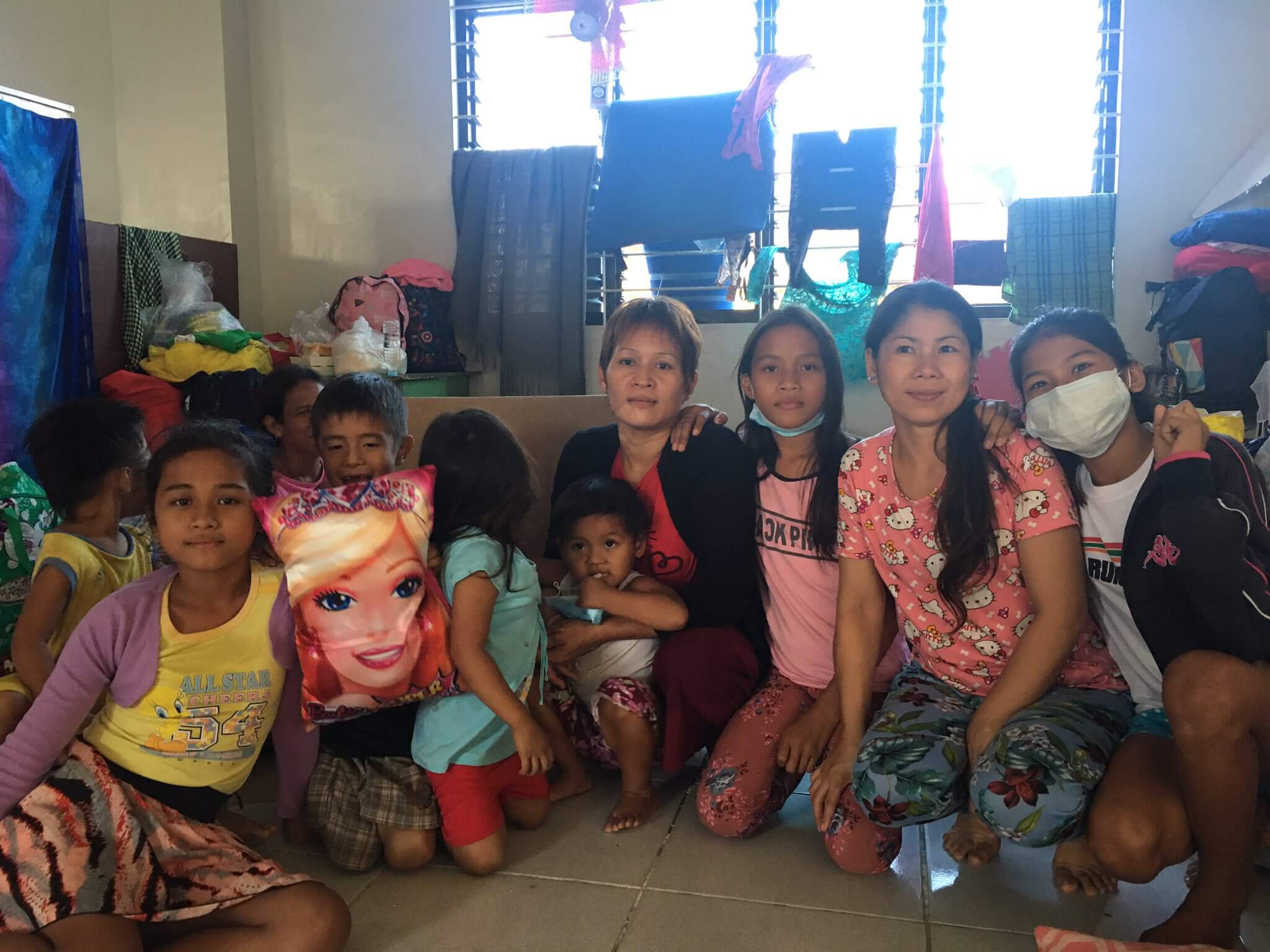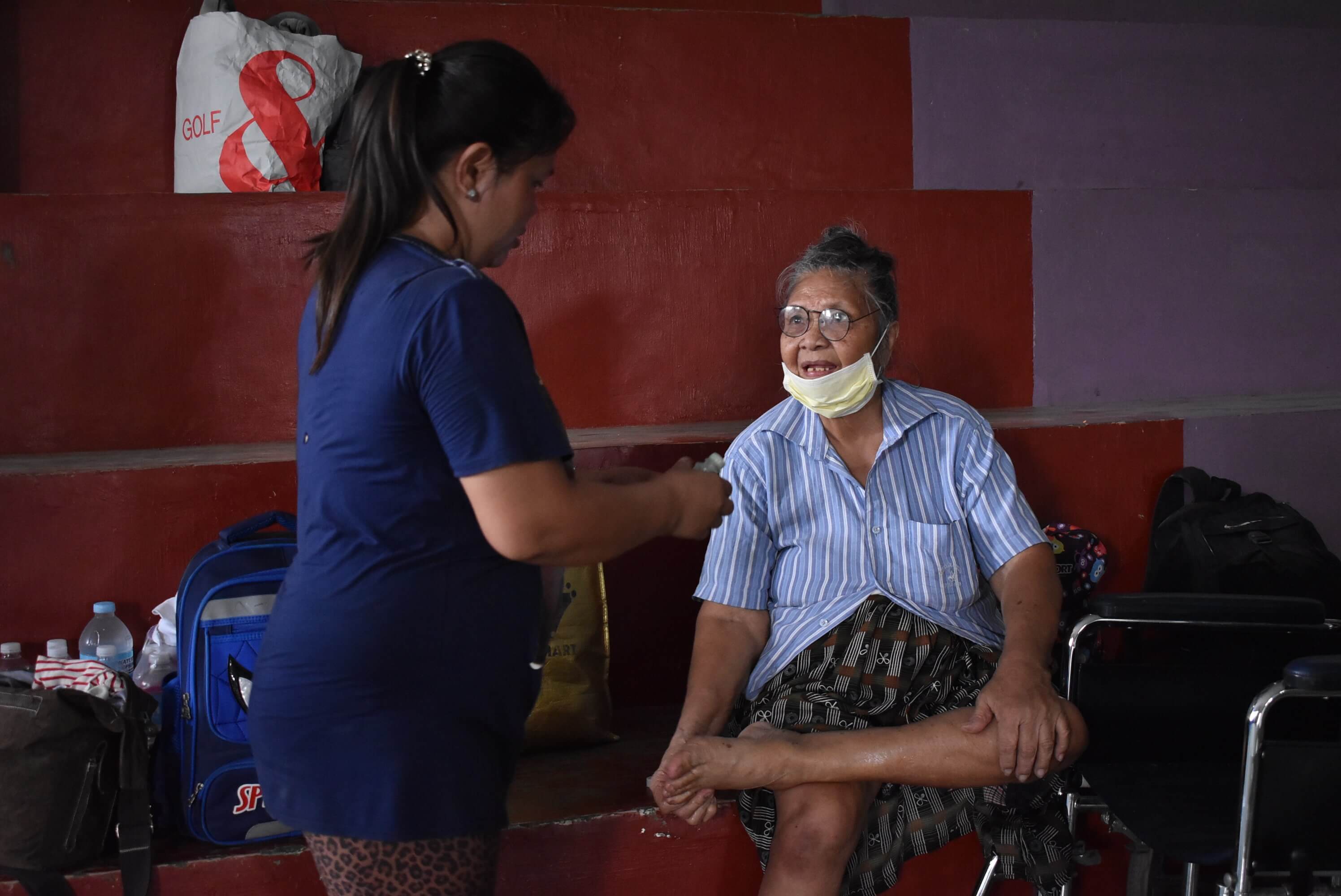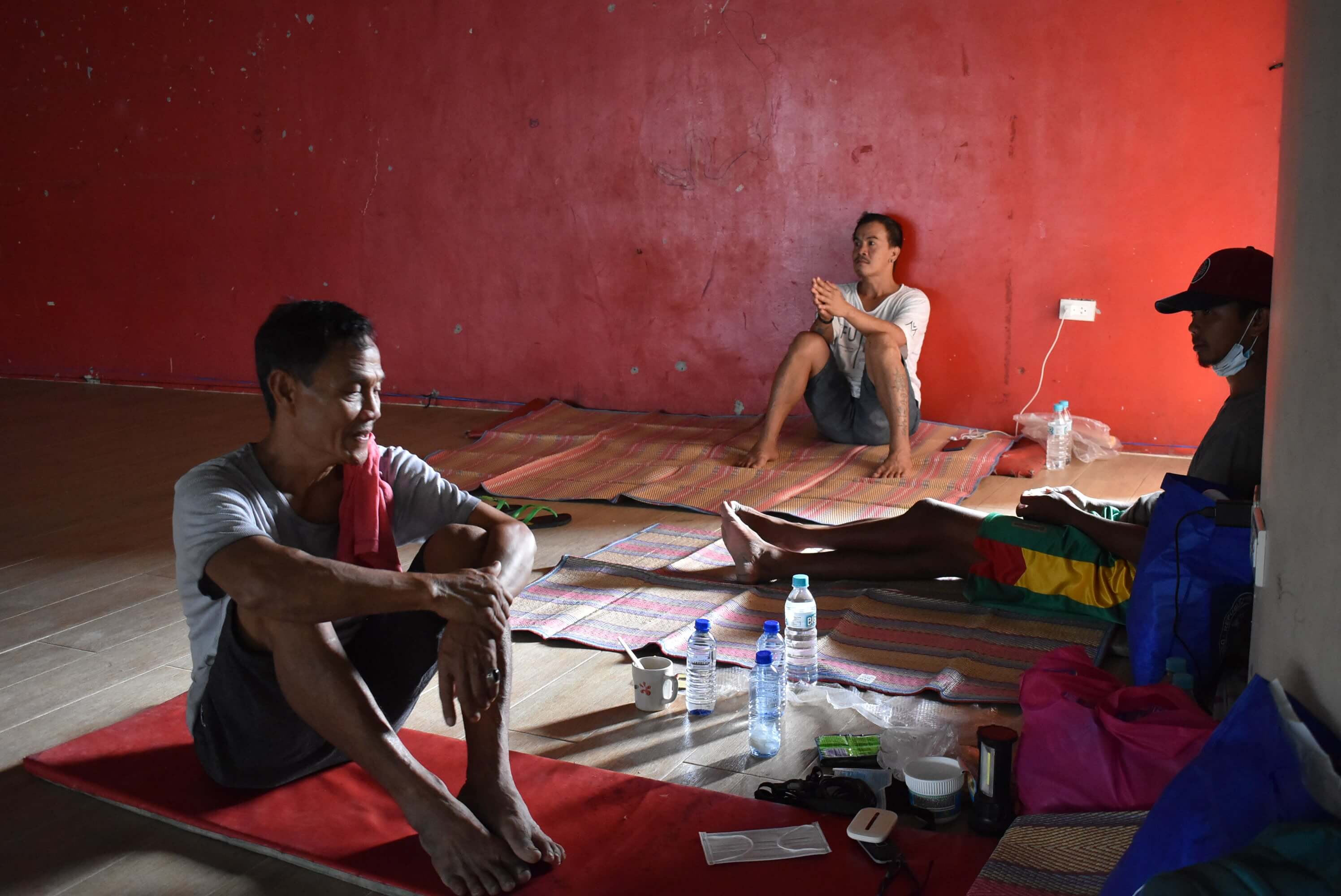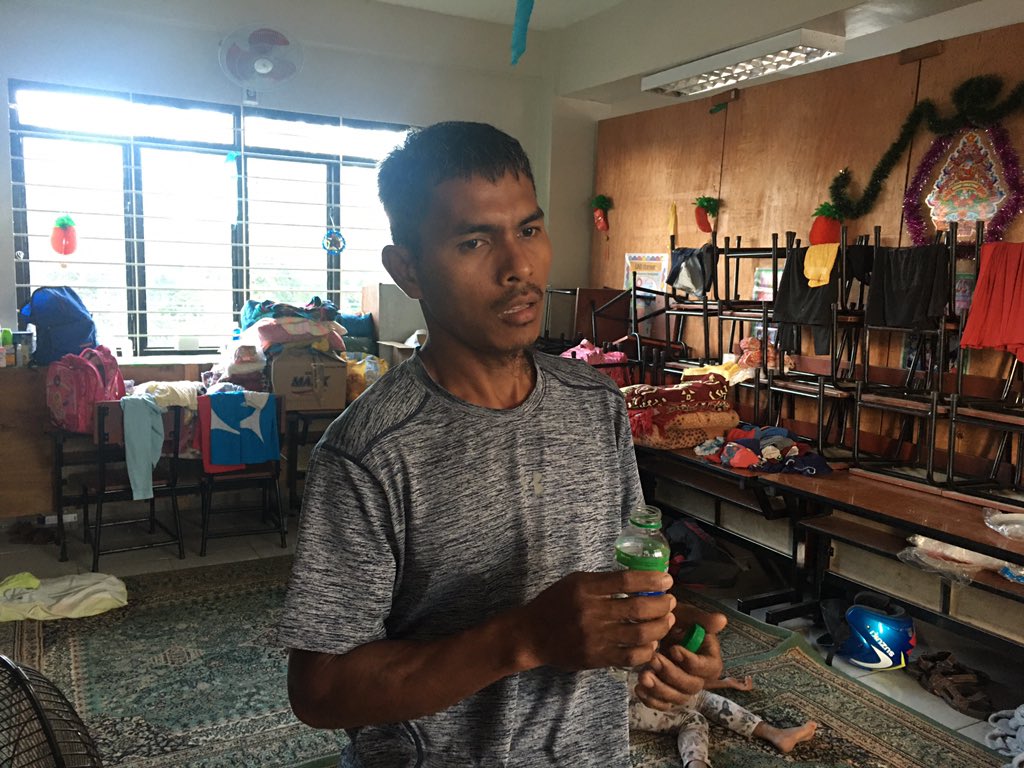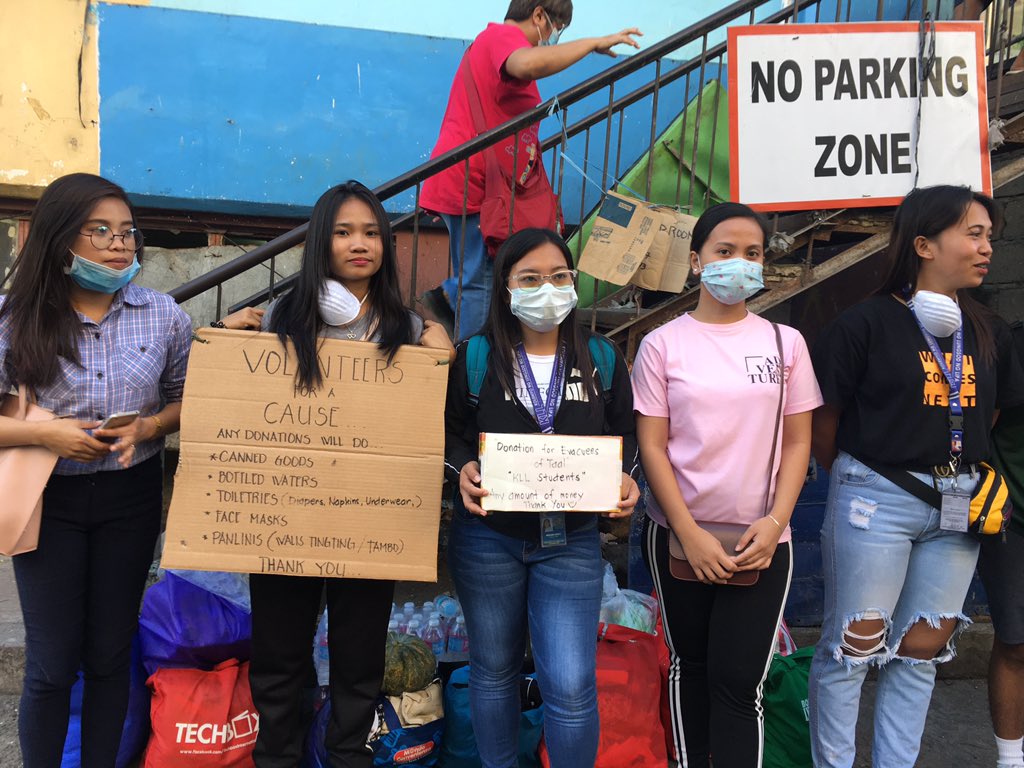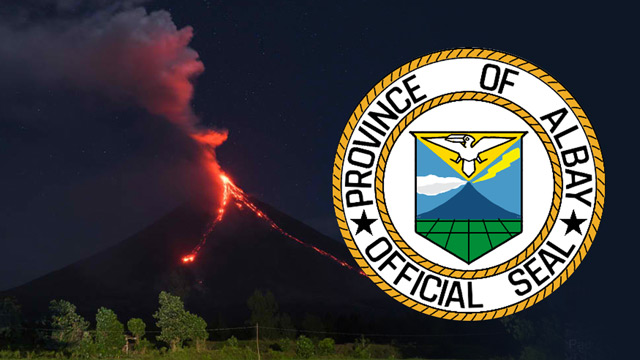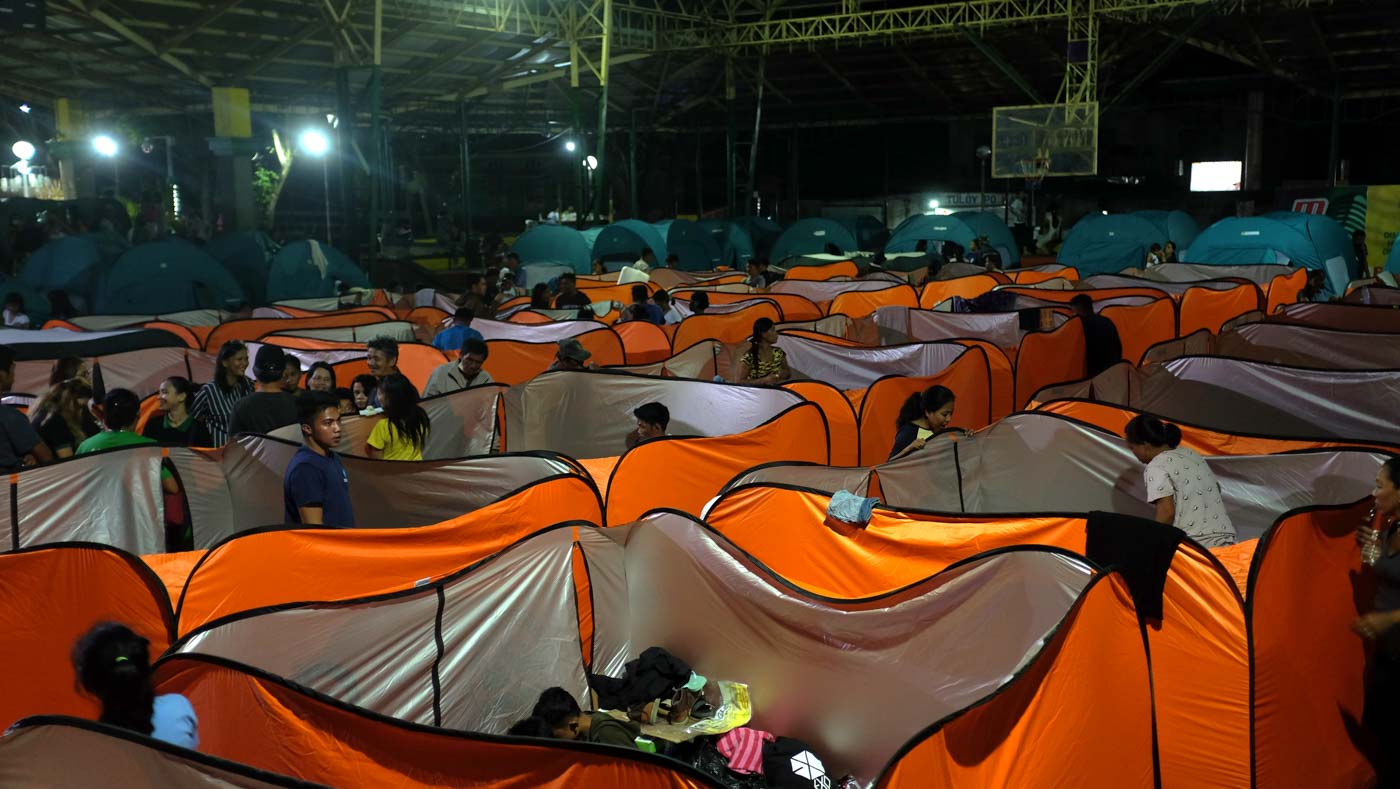![]()
MANILA, Philippines – Thousands of Filipinos living near the volcano and surrounding areas fled their homes after the Taal Volcano in Batangas started spewing kilometers-high ash Sunday afternoon, January 12.
State volcanologists raised Alert Level 4 for the volcano by Sunday night, warning that a “hazardous” eruption may occur “within hours or days.” (READ: What you should know about Taal Volcano)
Taal Volcano spewed lava fountains and triggered ashfall that spread not just in Batangas but also to other parts of the Calabarzon region, as well as to Metro Manila and Central Luzon.
Those affected by the Taal Volcano eruption need the following items:
- Face masks
- Bottled water
- Sleeping mats, blankets, towels
- Hygiene kits, such as toothbrush, toothpaste, soap, sanitary napkins, diapers
- Canned goods, biscuits, noodles and other ready-to-eat meals
- Clean and decent clothes
Here are some relief initiatives to help communities affected by the Taal Volcano eruption:
Batangas
Provincial Government of Batangas
The Provincial Government of Batangas is accepting in-kind donations for those affected by the Taal Volcano eruption. These can be dropped off at the Provincial Sports Complex, Bolbok, Batangas City.
For cash donations, interested donors can coordinate with Joy Montalbo, Provincial Social Welfare and Development Office head, at +639209457654.
Cavite
DSWD Calabarzon
The Department of Social Welfare and Development Calabarzon is in need of volunteers for the repacking of goods for affected families.
Individuals or groups interested to volunteer may proceed to DSWD Field Office IV-A Warehouse, Brgy. Gregoria de Jesus, GMA, Cavite (in front of Barangay Hall). Repacking hours are from 8 am onwards starting Tuesday, January 14.
They may also drop in-kind donations there.
Red Cross Cavite
Red Cross Cavite Chapter is accepting donations for the victims of Taal volcano eruption. Drop-off center is at National College of Science and Technology in Dasmariñas, Cavite.
Alfonso, Cavite
Randy Salamat, the mayor of Alfonso, Cavite, is asking for support due to the continuous increase of evacuees coming to the area from Batangas.
These may be dropped off at the Municipal Hall of Alfonso. People may also contact Municipal Social Welfare and Development head Gina Vedan at +63 917 803 1253 for relief goods coordination.
Laguna
Rotaract Club of San Pedro East and Taal Lemery
The Rotaract Club of San Pedro East and the Rotaract Club of Taal Lemery are accepting in-kind donations. These may be dropped off in Fil-em Building, 8 J.Luna Street, Poblacion, San Pedro City, Laguna.
Contact person is Bhea Santiago (0906 823 7737).
Muntinlupa City
DSWD Calabarzon
DSWD Calabarzon is accepting in-kind donations at the DSWD Field Office IV-A in Alabang Zapote Road, Alabang, Muntinlupa City. Interested donors may contact Gina Laranan (0910-886-0829).
De La Salle Santiago Zobel School
De La Salle Santiago Zobel (DLSZ) School is accepting the following items for donation to victims of the Taal Volcano eruption:
These items should be placed in eco-friendly materials and can be dropped off at Gate 2, DLSZ.
Rock Ed Philippines
Rock Ed Philippines is accepting tightly-packed and freshly-washed clothes to be delivered to evacuation centers in Sto. Tomas, Batangas.
They are also accepting diapers, hygiene kits, water, and masks. Drop-off point is in Alabang.
Those who wish to donate cash may also deposit to Rock Ed Philippines’ BPI account with the following account number: 3080-0073-44.
People may also message Rock Ed Philippines’ Gang Capati if they’re willing to lend their Lalamove accounts for pick-ups.
Manila City
Caritas Manila
Caritas Manila is calling for in-kind donations for communities affected by the Taal Volcano eruption.
These may be dropped off at the Caritas Manila Office, 2002 Jesus St., Pandacan, Manila.
Polytechnic University of the Philippines
PUP is accepting in-kind donations at Prudente Conference Room (4th floor South Wing, Main Building). Donations will be accepted starting Tuesday, January 14.
SAMASA PUP
SAMASA PUP is calling for donations and volunteers to help Taal Volcano eruption victims.
In-kind donations may be dropped off at SAMASA Office, PUP Charlie del Rosario Building. For more information about the volunteer and donation drive, contact Hayme at 09158816018.
PUP Sociology Society
The Polytechnic University of the Philippines Sociology Society is accepting in-kind donations until January 18.
For more information, donors may contact Alyza Powao at 09565880156 and 09438289367. They may also contact any of the PUP Sociology Society Officers: Marianne Galvez, Von Defuntorum, Joanna Suobiron, Marycris Villaceran, and Matthew Milagroso.
Makati City
Don Bosco Technical Institute of Makati
Don Bosco Technical Institute of Makati is accepting donations for Taal Volcano eruption victims starting 3 pm on Monday, January 13, until 8 am on Tuesday, January 14. In- kind donations can be dropped off at Gate 2 of the Don Bosco Technical Institute of Makati.
Rotaract Club of San Pedro East and Taal Lemery
The Rotaract Club of San Pedro East and the Rotaract Club of Taal Lemery are accepting in-kind donations. These may be dropped off in Makati Rotary Club Foundation Inc. Building, Camia St., Guadalupe Viejo, Makati City.
Contact person is Kash Gana (0916 373 2717).
Pasay City
DSWD Calabarzon
Those interested to volunteer for DSWD Calabarzon and help repack goods for affected families can go to National Resource Operations Center, Chapel Road, Pasay City.
They may also drop in-kind donations there.
Quezon City
OFM-JPIC of the Franciscan Province of San Pedro Bautista, Philippines
The Order of Friars Minor–Justice, Peace and Integrity of Creation (OFM-JPIC) of the Franciscan Province of San Pedro Bautista, Philippines accepts in-kind donations in their JPIC office at St. Gregory the Great Friary, 69 San Pedro Bautista Street, San Francisco Del Monte, Quezon City. For questions, donors may contact Father Angel Cortex, OFM at +639177759343.
Gerry Roxas Foundation and Leadership Awardees Students' Society
The Gerry Roxas Foundation and the Gerry Roxas Leadership Awardees (GRLA) Students' Society are accepting donations, which will be sent to the GRLA partner organization in areas in Batangas.
In-kind donations may be dropped off at the GRLA Students' Society Headquarters at Room 19, Balay Expo Centro, Araneta City until January 17, 2020.
University of the Philippines campuses
The University of the Philippines (UP) Office of the Student Regent shared that several UP campuses are accepting donations for Taal Volcano eruption victims.
They are accepting donations of face masks, mats, ready-to-eat food, water, and clothes, which will be sent to evacuees.
Here are the UP campuses with their respective contact persons and drop-off points for donations:
UP BAGUIO
USC Office, Alumni Center Building, UP Baguio
Contact: Gabriel - 09954608407
UP DILIMAN
USC Office, Sampaguita Residence Hall, UP Diliman, Quezon City
Donation drop-off will be from January 14 to 17.
Monetary donations may also be wired via bank transfer using the following details:
BPI Account Name: Marian Joselli H. Castillo
BPI Account Number: 0879-4012-32
Contact: Marco - 09171084376
UP MANILA
University Student Council Office
CAS Student Council Office
For more information, you may contact the following people: USC Habagat - 0908 211 1437, CD Sandy - 0927 533 9388, CN Reginne - 0947 812 2130, CPH Mika - 0917 162 0030 CP Jancel - 0906 526 5061.
UP COLLEGE OF NURSING
UP College of Nursing (Sotejo Hall) lobby
Cash donations may be deposited with PNB:
Account name: UP Manila Nursing Student Council
Account Number: 168310064058
Reginne Dela Peña 09478122130
UP LOS BAÑOS
USC Office, SU Building, UPLB
Monetary donations may also be wired via bank transfer.
Landbank Account Name: Frelie D. Dimaculangan
Landbank Account Number: 1896 2663 29
BDO Account Name : Frelie D. Dimaculangan
BDO Account Number: 010180113801
For questions, contact Jaean Cabatay, vice chairperson for external affairs, at 09208291762 or at jhcabatay@up.edu.ph / upcaballeros1980@gmail.com. People may also contact Nico at 09955240257.
SU Building Canteen, UPLB
People may donate food, bottled water, clothes, toiletries, medicine, nebulizer, face masks, and cash.
Donations will be accepted from January 13 to 24.
People may also volunteer to buy, repack, and deliver relief goods by contacting the Facebook and Twitter accounts of All UP Academic Employees Union.
Cash donations
Inquirer
Inquirer is calling for support and extending relief to the victims of the Taal Volcano eruption. It is currently accepting cash donations, which may be deposited in the following account:
Inquirer Foundation Corp.
Banco de Oro (BDO)
Current account no: 007960018860
Inquiries may be addressed and emailed to Inquirer’s Corporate Affairs office through foundation@inquirer.com.ph.
Southern Tagalog Serve the People Corps
Southern Tagalog Serve the People Corps is accepting donations and volunteers to help those affected by the Taal Volcano eruption.
Those who wish to donate, volunteer, or are in need of assistance may message them via their Facebook page or through +639081406733.
Mu Sigma Phi
Mu Relief, a committee under Mu Sigma Phi fraternity and sorority, is accepting monetary donations,which may be deposited to the following account:
Account name: Mu Sigma Phi Relief Operations
Account number: 1683-10114391
Bank: Philippine National Bank (PNB) – PGH Branch
For any inquiries or concerns, interested donors may coordinate with Tope (0999 151 9555) or Kristel (0927 137 0308).
Rotaract Club of San Pedro East and Taal Lemery
Cash donations may also be deposited in the following accounts:
Bank of the Philippine Islands
Aireen Andrea Perez
8329-3301-93
Banco de Oro (BDO)
Erika Mae de Vera
5130228643
Gcash
09068237737
A photo of the deposit slip must be sent to racsanpedroeast@gmail.com. These donations will be turned over to the evacuation centers in Batangas through the help of counterpart Rotaract Clubs in the area.
OFM-JPIC of the Franciscan Province of San Pedro Bautista, Philippines
The Order of Friars Minor–Justice, Peace and Integrity of Creation (OFM-JPIC) of the Franciscan Province of San Pedro Bautista, Philippines accepts cash donations, which may be deposited in the following account:
Bank of the Philippine Islands, Biak na Bato Branch, Quezon City
Account number: 0213-4074-06
Account name: Minister Provincial of the Franciscan Philippines Province of San Pedro, Inc. (MPFPPSPBI)
De La Salle Santiago Zobel School
DLSZ also accepts cash donations, which may be deposited in the following account:
Account name: De La Salle Santiago Zobel School
Bank: Unionbank of the Philippines
Peso account: 018030006691
Dollar account: 018101009418
Account name: De La Salle Lipa Inc
Account no.: 9011-0019-28
Bank: Bank of the Philippine Islands
Branch: Poblacion, Lipa City
Account no: 0074-90004-7
Bank: RCBC
Branch: Ayala Highway, Lipa City
For cash donations, a photo or screenshot of the deposit slip must be sent to benjamin.sazon@dlszobel.edu.ph. They may also contact him in case of queries at 09175500680, 02 7713579 local 568.
Gerry Roxas Foundation and Leadership Awardees Students' Society
The Gerry Roxas Foundation and the Gerry Roxas Leadership Awardees (GRLA) Students' Society are accepting donations, which will be sent to the GRLA partner organization in areas in Batangas.
For monetary donations, you may deposit in the following account:
BPI account name: Marielle Alemania
Account no.: 0129399139
Caritas Manila
Caritas Manila is calling for cash and in-kind donations for communities affected by the Taal Volcano eruption.
People may donate online by choosing Caritas Damayan Taal Volcano after clicking this link.
They may also send cash donations by depositing to the following accounts:
Savings account name: Caritas Manila, Inc.
BDO savings account no.: 5600-45905
BPI savings account no.: 3063-5357-01
Metrobank savings account no.: 175-3-17506954-3
For dollar accounts:
BPI savings account no.: 3064-0033-55
Swift code: BOPIPHMM
PNB savings account no.: 10-856-660002-5
Swift code: PNBMPHMM
Caritas Manila says people may also donate via Cebuana Lhuillier free of charge. For proper acknowledgement of donations, people are instructed to fax a copy of the deposit slip to 8563-9306 or email a scanned copy to donorcare@caritasmanila.org.ph. Name and address should also be indicated. – Rappler.com
Do you know of other initiatives to help those affected by the Taal Volcano eruption? Tag @MovePH on Twitter and use the hastag #ReliefPH. You may also send a message to MovePH on Facebook and Twitter. MovePH is also looking for Agos volunteers who will help gather and verify critical information in times of disaster. Know more about it here.
![]()






















